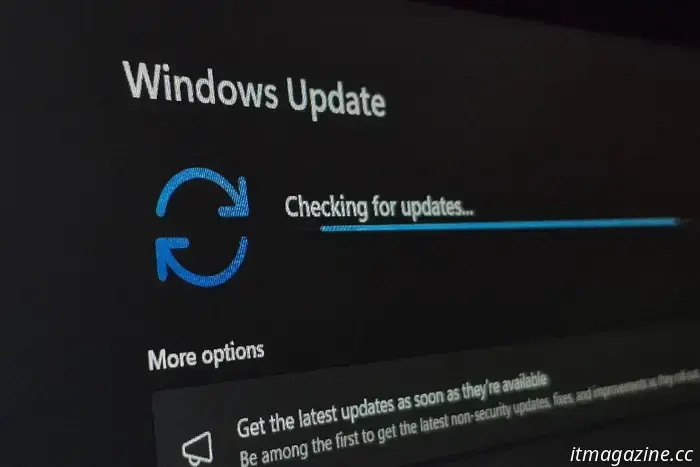
New Microsoft policy requires an online account.
Microsoft is pursuing a consistent and deliberate policy of closing known workarounds that allow creating a local account during Windows' initial setup.
Previously, users could use special commands like bypassnro or localonly to skip the Microsoft account binding step. Now these methods are being systematically blocked in new system builds. The commands either do not execute or simply reboot the device, returning the user to the same screen, but this is not a random glitch—it is a conscious, well-calculated company strategy.
Such initiatives that restrict user rights have repeatedly led to legal disputes. For example, Microsoft was recently sued over ending support for Windows 10.
Officially, Microsoft justifies the changes by saying they are necessary for complete device setup and to protect users from accidentally skipping critical steps like security configuration. However, as befits a commercial project, the company is simply "hooking" users on its products.
A Microsoft account is the key to the company’s ecosystem made up of many apps and services. By tying it to a device, a user is automatically drawn into the app store, subscriptions like Microsoft 365, the Xbox gaming service and OneDrive cloud storage. The more integrated a user is into the ecosystem, the higher their loyalty and the harder it becomes for them to switch to another operating system in the future.
Consequences for the average user
For a typical user, these changes mean the gradual disappearance of choice. The process of setting up a new computer becomes more rigid and directive. The freedom to quickly create an offline profile without tying it to cloud services is becoming a thing of the past. Users who care about privacy and do not want to hand their data to Microsoft will now have to make extra efforts. They will be offered either to look for new, still-working temporary loopholes—such as disconnecting from the internet during installation—or to go through setup with a Microsoft account and then create a local account from within the system. This creates additional steps and inconveniences.
Perhaps that is why information has appeared online claiming that Windows has quietly lost about 400 million users over the past three years.
The future for the enterprise segment and enthusiasts
In the corporate environment this change will not have a serious impact, since IT departments have used automated deployment tools for decades. For them, unattended files and group policies are the standard way to set up thousands of computers with local or domain accounts. But for technical enthusiasts, custom-system builders and anyone who likes full control over their OS, this is a warning sign. It indicates a further move by Windows toward a closed and managed system, where the developer company increasingly decides what is best for the end user.
It is safe to predict that the company will continue to tighten these rules until creating a local account during OOBE becomes the exclusive prerogative of corporate administrators. The fight against workarounds will turn into a cat-and-mouse game as new updates are released. Over time, Windows—at least in the consumer segment—could ultimately become a cloud-oriented operating system where a Microsoft account is not an option but a requirement. This aligns with the broader industry trend toward subscriptions and services rather than one-time license sales.
Other articles
New Microsoft policy requires an online account.
Microsoft Corporation is pursuing a consistent and deliberate policy of closing known workarounds that allow the creation of a local account during the initial setup of Windows.
